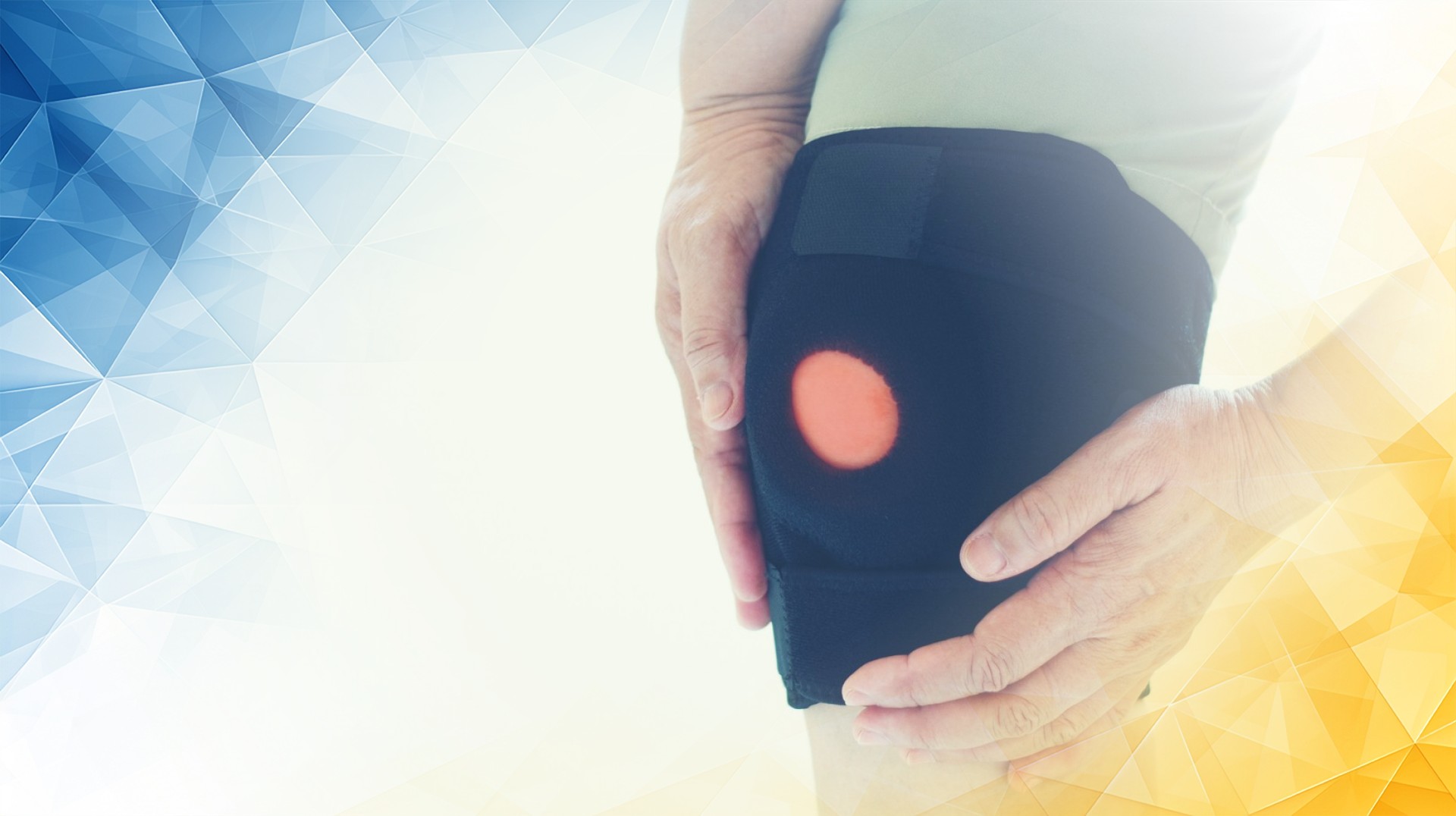



The ankle is among the body’s hardest-working joints, supporting our weight and enabling us to walk, run, and jump. At its core lies ankle cartilage —a special, smooth tissue that cushions the bones and allows them to move effortlessly against each other. When this cartilage gets damaged , pain, stiffness, and reduced mobility often follow, and long-term complications like arthritis can develop. What makes ankle cartilage truly fascinating is its unique molecular structure and mechanical strength, which help it withstand the relentless pressures placed on it every day. In this article, we’ll explore what gives ankle cartilage its remarkable resilience, how early damage can be detected, and the latest treatments that help protect and repair it.
Ankle cartilage stands out from the cartilage in other joints because of its distinct chemical makeup. One of its key strengths is a high concentration of proteoglycans—molecules that draw and retain water, giving the cartilage its springy, shock -absorbing properties. This built-in cushion helps protect ankle bones from impact and daily wear.
Another advantage is that ankle cartilage renews its molecular building blocks faster than cartilage in other joints. This ongoing turnover allows it to stay healthier and recover from minor injuries more efficiently. Research also shows that certain vitamins and nutrients can aid in natural cartilage repair , suggesting diet may play a valuable role in maintaining strong ankle tissue.
Additionally, the specialized anatomy and mechanics of the ankle joint mean that cartilage damage here can behave differently than in the knee or hip. This is why ankle cartilage requires unique research and treatment approaches tailored to its specific needs.
With every step we take, our ankles endure a wide range of forces—some gentle, others quite powerful. These constant pressures can create tiny injuries , or microtraumas, in the cartilage. Fortunately, the ankle’s molecular makeup equips it to handle such stress by allowing cartilage cells to quickly respond and repair minor damage.
But when the ankle is overloaded or suffers a sudden injury, these defenses can be overwhelmed, leading to more significant and lasting cartilage damage. Even small cartilage defects in the ankle can worsen over time and cause further joint problems. That’s why it’s essential to pay attention to ongoing pain, swelling, or stiffness and to seek early medical care—prompt treatment can make a big difference in recovery and long-term joint health.
Understanding how long it typically takes for ankle cartilage injuries to heal is also important for creating the right rehabilitation plan and ensuring the best results.
Detecting cartilage damage early is crucial to stopping it from progressing. Magnetic Resonance Imaging (MRI) has become a game-changer in this area. Unlike standard X-rays, MRIs provide clear, detailed images of soft tissues like cartilage, capturing subtle changes in its structure before symptoms worsen.
Today’s MRI technology can even measure proteoglycan content and reveal the cartilage’s thickness and contours with precision. This advanced imaging helps doctors diagnose injuries sooner and guide treatments that support natural healing processes . Early diagnosis gives patients the best chance to preserve ankle health and avoid more demanding procedures later.
X-rays also play a critical role. Recent studies have shown that certain changes seen on ankle X-rays—especially when there’s narrowing of the joint space and tilting of the talus bone—are strong indicators of underlying cartilage damage . This highlights the importance of combining advanced imaging with expert assessment for the most accurate diagnosis .
Ultimately, recognizing ankle cartilage injuries in their early stages allows for more targeted and effective treatment , helping patients maintain active lifestyles.
Treating ankle cartilage damage ranges from simple home remedies to cutting-edge surgical techniques , depending on how much the tissue is affected. For mild to moderate cases, conservative approaches often come first. Anti-inflammatory medications can relieve pain and swelling, creating a better environment for cartilage to heal.
Regenerative therapies are an exciting new frontier. These innovative treatments use the body’s own repair processes to help restore damaged cartilage —for instance, by encouraging chondrocytes, the specialized cells that maintain cartilage, to rebuild the tissue. Research is also exploring the potential of supplements and nutrients to naturally support these repairs.
For more severe injuries, minimally invasive procedures like arthroscopic surgery can stimulate cartilage regeneration . Studies have found that such interventions can significantly improve pain, function, and quality of life for patients with ankle cartilage problems.
What’s crucial is recognizing that the ankle isn’t just a smaller version of the knee or hip—it has its own unique needs, and treatment plans should be tailored accordingly. By customizing strategies to fit the ankle’s specific anatomy and mechanics, doctors can achieve better and longer-lasting results.
The ankle’s unique molecular and mechanical strengths allow it to endure the challenges of daily life. But when injury or overuse disrupts these systems, cartilage damage can follow. Thanks to technological advances in imaging, healthcare providers can now catch problems much earlier—and step in before they become severe.
Ongoing research into both time-tested therapies and groundbreaking regenerative techniques is opening exciting new possibilities for healing cartilage and restoring joint health. Personalized treatment plans, early diagnosis , and a deeper understanding of ankle cartilage all promise a future where more people can maintain active, pain-free lives. As our knowledge of ankle cartilage resilience grows, so does our ability to protect and repair this vital tissue for years to come.
All our treatments are selected to help patients achieve the best possible outcomes and return to the quality of life they deserve. Get in touch if you have any questions.
At London Cartilage Clinic, we are constantly staying up-to-date on the latest treatment options for knee injuries and ongoing knee health issues. As a result, our patients have access to the best equipment, techniques, and expertise in the field, whether it’s for cartilage repair, regeneration, or replacement.
For the best in patient care and cartilage knowledge, contact London Cartilage Clinic today.
At London Cartilage Clinic, our team has spent years gaining an in-depth understanding of human biology and the skills necessary to provide a wide range of cartilage treatments. It’s our mission to administer comprehensive care through innovative solutions targeted at key areas, including cartilage injuries. During an initial consultation, one of our medical professionals will establish which path forward is best for you.
Contact us if you have any questions about the various treatment methods on offer.
Legal & Medical Disclaimer
This article is written by an independent contributor and reflects their own views and experience, not necessarily those of londoncartilage.com. It is provided for general information and education only and does not constitute medical advice, diagnosis, or treatment.
Always seek personalised advice from a qualified healthcare professional before making decisions about your health. londoncartilage.com accepts no responsibility for errors, omissions, third-party content, or any loss, damage, or injury arising from reliance on this material. If you believe this article contains inaccurate or infringing content, please contact us at [email protected].